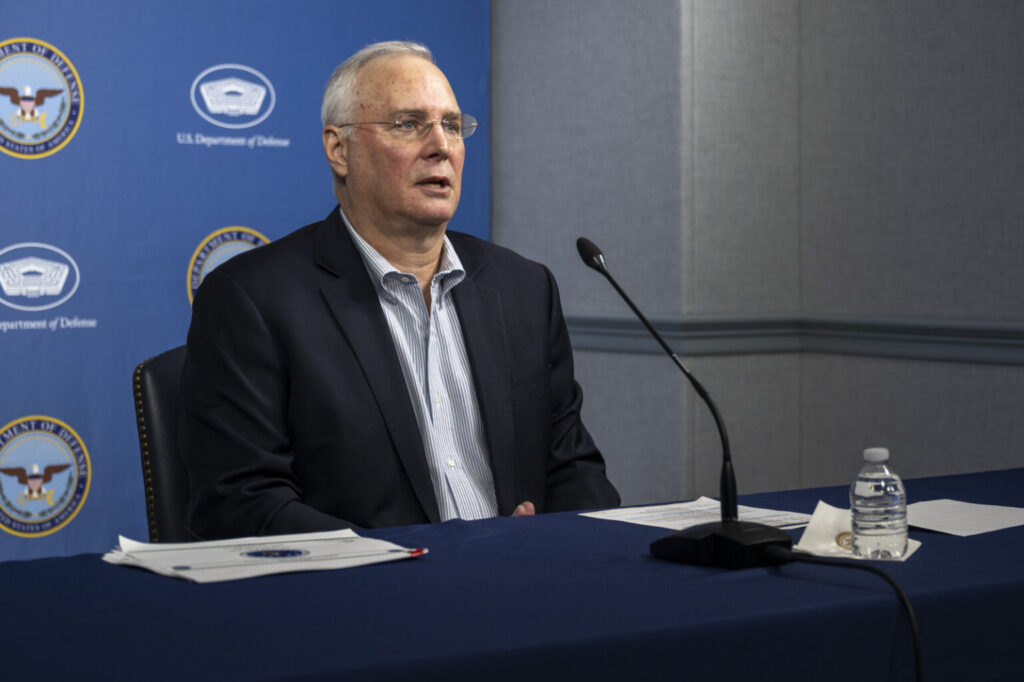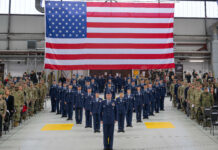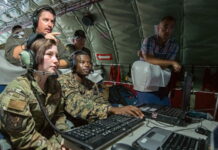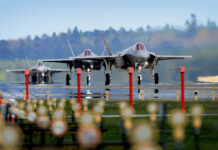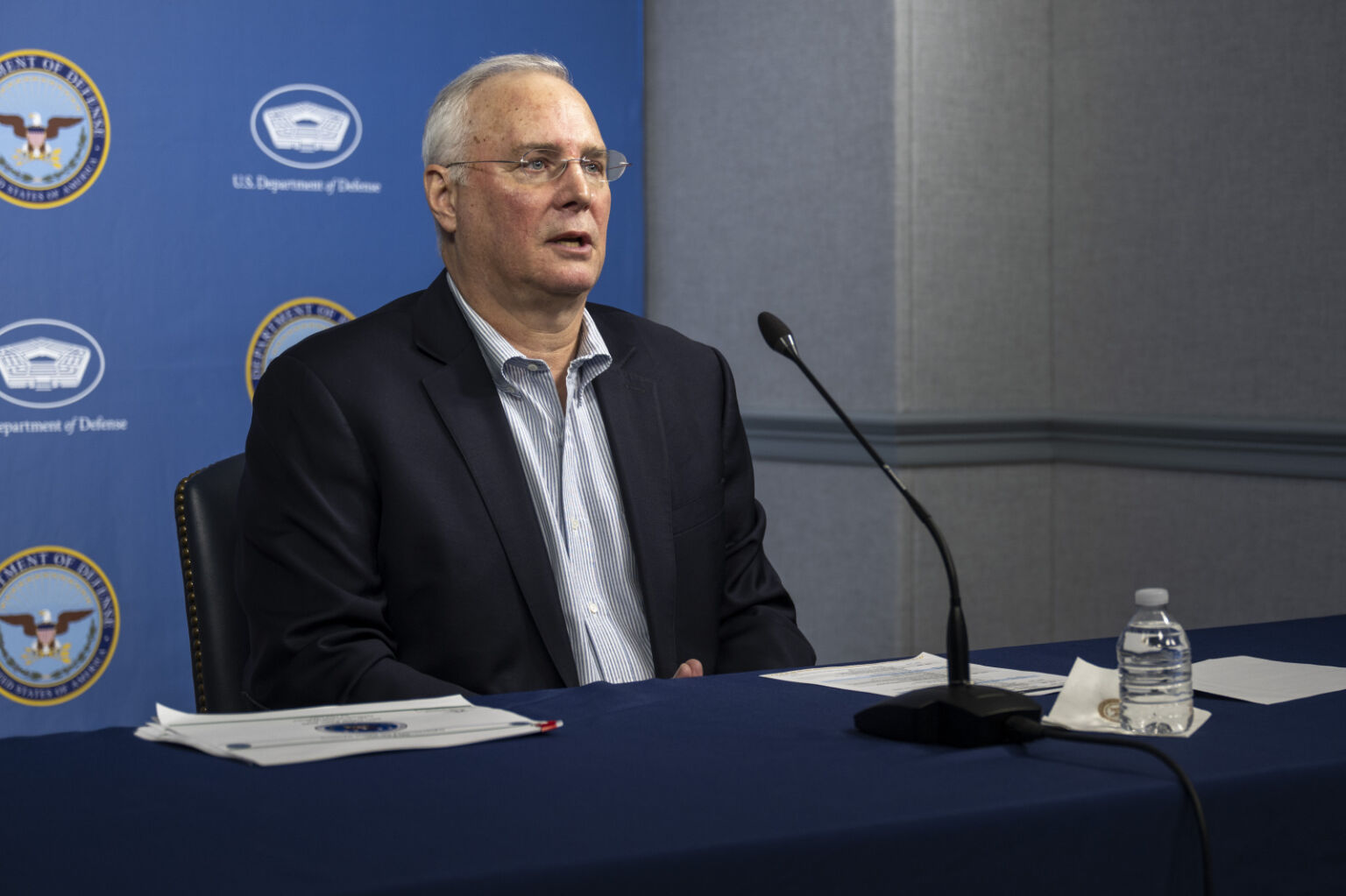
Cyber warfare poses major threat to US Joint Force, warns senior Pentagon specialist
Peter Felstead
The dangers posed by cyber conflict are significant and require preparation by the joint force to counter such them, a senior US Department of Defense (DoD) specialist has warned.
Remotely addressing the US Space Force’s Space Systems Command Cyber Expo 2025 in El Segundo, California, on 22 April, John Garstka, Director for Cyber Warfare within the Office of the Deputy Assistant Secretary of Defense, noted that real-world cyber attacks on commercial critical infrastructure are on the rise.
Garstka, who was speaking from the Pentagon, likened cyberspace to a fifth warfighting domain beyond air, land, sea and space and said many people have a hard time grasping the impact of cyber conflict because they don’t have access to simulations of such attacks and the subsequent effects.
“What we have learned [from our wargaming] is that this is a significant threat that we have to prepare the joint force to deal with,” Garstka said, adding that to prepare for such threats, the DoD is focusing on the infrastructure necessary for supporting space systems missions.
“If you shut down the water or the power or the fuel, and you can’t provide a space system ground segment with power, then you [just] have a static display,” he said, “and so it’s super important that when we think about cyber security for space systems … we factor in DoD installation-critical infrastructure, and we also factor in commercial-critical infrastructure when we have space systems dependent on that infrastructure.”
Garstka said proper risk assessment is also an essential element of dealing with cyber threats and that such assessments must cover the entire life cycle of the system rather than just the operation and sustainment phases.
Regarding which systems are most at risk of cyber attack, Garstka said US adversaries – most notably China – often focus on the defence-industrial base (DIB).
“What’s important to point out is that cyber attacks can impact production lines; they can shut a production line down,” Garstka said, noting that such attacks on the DIB can affect real-world DoD missions.
“We’re not talking about hypotheticals here,” he added. “If you’re dependent on the DIB for operations of your space systems, you have to treat protecting the DIB as important as protecting the space system, space segment or ground segment.”
Garstka also said that it is crucial the US armed services view the DIB as a key mission partner and that the US DoD gives industry the requirements necessary to meet the designs of next-generation space systems rather than having them fall victim to adversarial espionage campaigns in cyberspace.
“We’ve got to figure out how to close the cost equation to make that a reality,” he said.
Garstka said having the motivation necessary to achieve the level of cyber security required, despite financial challenges, is essential for countering these threats.
“The most important thing you can bring to the fight is motivation – the ability to identify the type of requirements that these space systems need to meet – and then you’ve got to be able to [fund them],” Garstka said.
